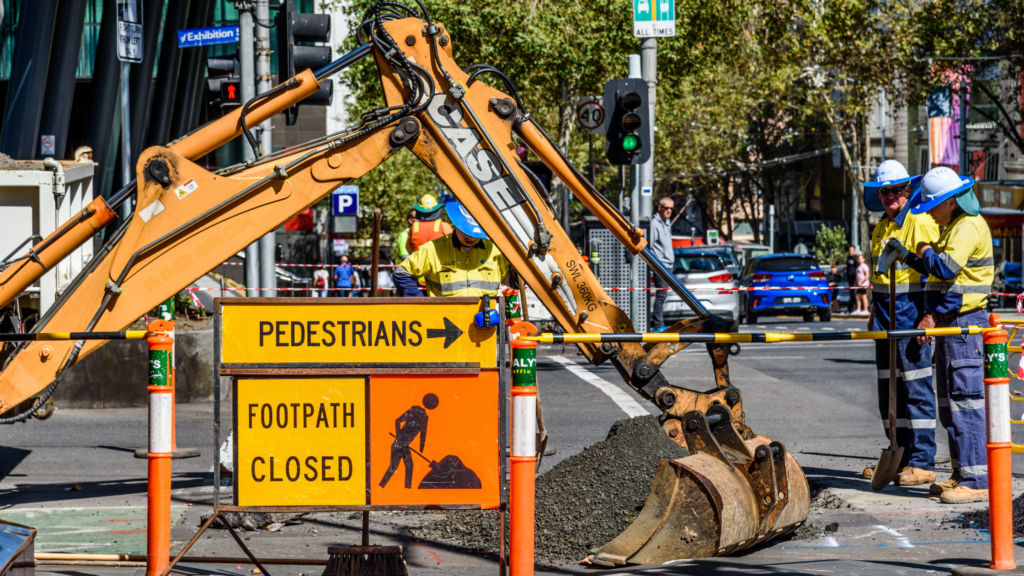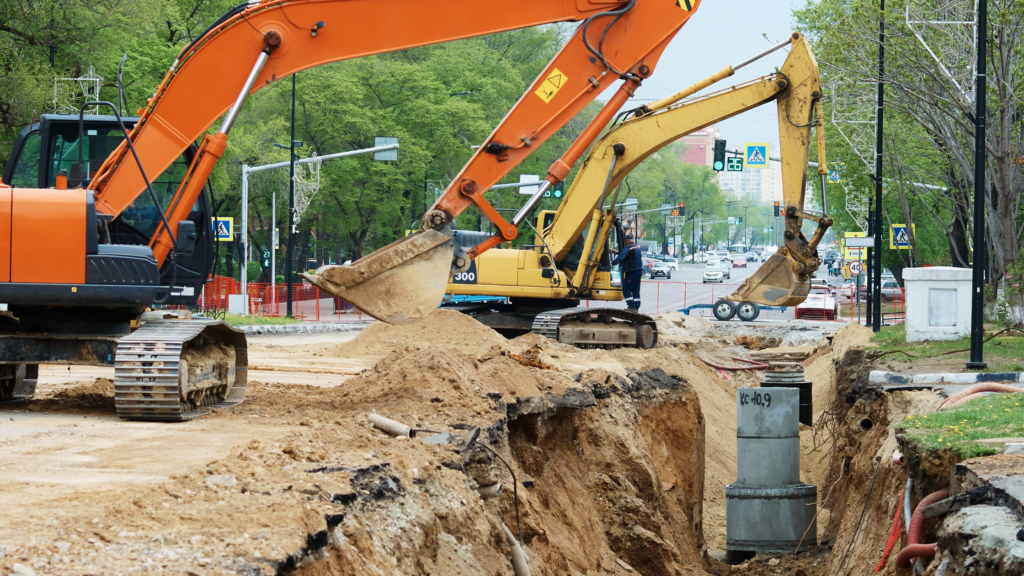Workplace vehicle incidents remain one of the deadliest hazards in construction. Whether it’s struck-by accidents, rollovers, or collisions in work zones, these incidents lead to serious injuries and fatalities every year. To tackle this issue, OSHA has joined the National Safety Council (NSC) and the Road to Zero Coalition, an initiative focused on eliminating roadway deaths. This move highlights the urgent need for better safety practices when it comes to operating and working around vehicles on job sites.
What this means for construction companies

The construction industry relies heavily on trucks, heavy equipment, and other vehicles to keep projects moving. But with so many moving parts, the risks add up quickly. OSHA’s partnership with the NSC brings more resources and attention to preventing these types of incidents. Employers are encouraged to integrate stronger safety measures into daily operations, from enforcing seat belt policies to implementing real-time hazard monitoring for workers on foot.
Many construction fatalities stem from vehicle-related incidents, making this initiative especially relevant for contractors, project managers, and safety officers. One of the main takeaways is the push for comprehensive vehicle safety programs. These go beyond basic training and include structured policies on maintenance, inspections, and driver accountability.
Some key areas of focus include:
- Stronger fleet management – Regular maintenance checks and vehicle inspections can prevent mechanical failures that contribute to accidents. OSHA encourages companies to document these processes to ensure compliance.
- Clear traffic control plans – Many accidents occur because of poor visibility or confusion about worksite traffic flow. Defining designated paths for vehicles and pedestrians, using barriers, and setting speed limits can significantly reduce risk.
- Driver training and accountability – Even experienced operators need refresher training, especially when working in high-risk environments. OSHA’s guidelines emphasize ongoing education on defensive driving, fatigue management, and hazard recognition.
Technology is also playing a bigger role in construction safety. Telematics and GPS tracking can provide real-time data on vehicle movements, helping companies identify dangerous behaviors like speeding or erratic driving. Cameras and sensors on equipment also improve visibility, reducing the risk of backing incidents or blind-spot collisions.
Preventing struck-by accidents

One of the most common—and preventable—construction site hazards is struck-by incidents. Workers on foot are often in close proximity to large equipment, increasing the chances of an accident. To address this, OSHA recommends enforcing no-go zones around active machinery, requiring high-visibility gear, and using communication signals to coordinate movements.
Employers are also encouraged to involve workers in safety planning. Those who operate vehicles or work near them daily have valuable input on potential risks and how to minimize them. Encouraging open communication about near-misses and concerns can help identify problems before they lead to serious injuries.
The impact on job site safety
With OSHA joining the Road to Zero Coalition, there’s a renewed focus on making work zones safer for everyone. This means construction companies can expect stronger enforcement of safety regulations and more resources for implementing best practices. Investing in proper training, equipment, and planning not only reduces accidents but also improves productivity and keeps projects on track.
For those in the industry, staying informed is key. Get the latest updates on construction safety by subscribing to Under the Hard Hat’s newsletter and following us on social media.


